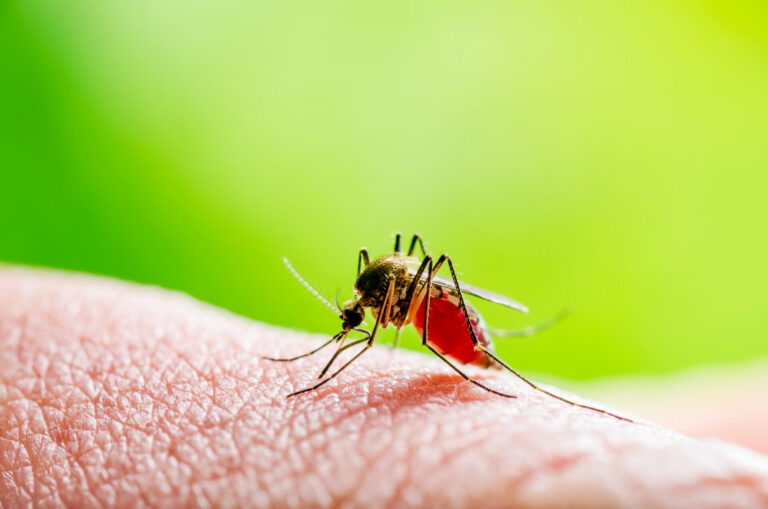Statistics
Feeding in the moonlight
Consistent around the world's ocean, the phases of the moon affect the upward migration of the world’s most abundant type of fish for feeding.


Acoustic data showed that the fish were deepest at 75 percent or more full moon, although the mean depths were not significantly different across the four moon phases.
© 2016 Alamy B12C9C
Acoustic data from the Malaspina research expedition, which circumnavigated the earth’s oceans between December 2010 and July 2011, shows that a full moon causes fish to stay at deeper levels.
Data analyzed by KAUST doctoral student Perdana Prihartato showed that the effect was consistent around the globe despite changes in environmental conditions and varying types of species in different parts of each ocean.1
Previous research indicated that fish that occupy the mesopelagic zone (between 200 to 1000 meters) will avoid feeding on plankton available in relatively shallower waters on moonlit nights, possibly to avoid being eaten themselves by larger marine animals. Yet the effect was not a linear one, explained KAUST Marine Scientist Stein Kaartvedt. Contrary to their initial expectations, the team did not find the shallowest distribution of mesopelagic fish during the darkest night at new moon.
The researchers identified a threshold. “The distribution of organisms is unaffected by moonlight until a critical value is reached—about 70 percent full moon—after which they dive so as not to be seen by predators,” explained Kaartvedt.
The study illustrates the benefits of interdisciplinary research between statisticians and, in this case, marine scientists, said Marc Genton, KAUST professor of statistics. “Statisticians get access to very unique datasets that may trigger the development of new statistical methodologies, and the marine scientists get more robust and reliable results from the data they collect,” he explained.
The data was collected using echosounders, which produce sound waves similar to those used by submarines to see through the ocean. Mesopelagic fish are so abundant that they produce what looks like a layer in the ocean waters.
This layer moves upwards as the fish migrate towards the surface to feed or downwards to hide from predatory creatures. This movement and feeding contribute to bringing carbon dioxide from the surface to deeper layers, supplying food for deeper-living organisms and storing it away from the earth’s atmosphere.
“It is important to know how such a significant component of the ecosystem distributes and behaves in order to understand the functions of the oceans,” said KAUST Professor of Marine Science Xabier Irigoien.
Team members from the KAUST Red Sea Research Center are currently analyzing acoustic data from the same expedition regarding the potential impact of oxygen on the daytime distribution of mesopelagic fish. Their future research will analyze the effect of water clarity on the distribution of mesopelagic fish, especially as it relates to oxygen-depleted zones in the world’s oceans.
References
- Prihartato, P.K., Irigoien, I., Genton, M.G., Kaartvedt, S. Global effects of moon phase on nocturnal acoustic scattering layers. Marine Ecology Progress Series 544, 65–75 (2016).| article
You might also like

Statistics
Checking your assumptions

Statistics
Internet searches offer early warnings of disease outbreaks

Statistics
Joining the dots for better health surveillance

Statistics
Easing the generation and storage of climate data

Statistics
A high-resolution boost for global climate modeling

Applied Mathematics and Computational Sciences
Finer forecasting to improve public health planning

Bioengineering
Shuffling the deck for privacy

Bioengineering



